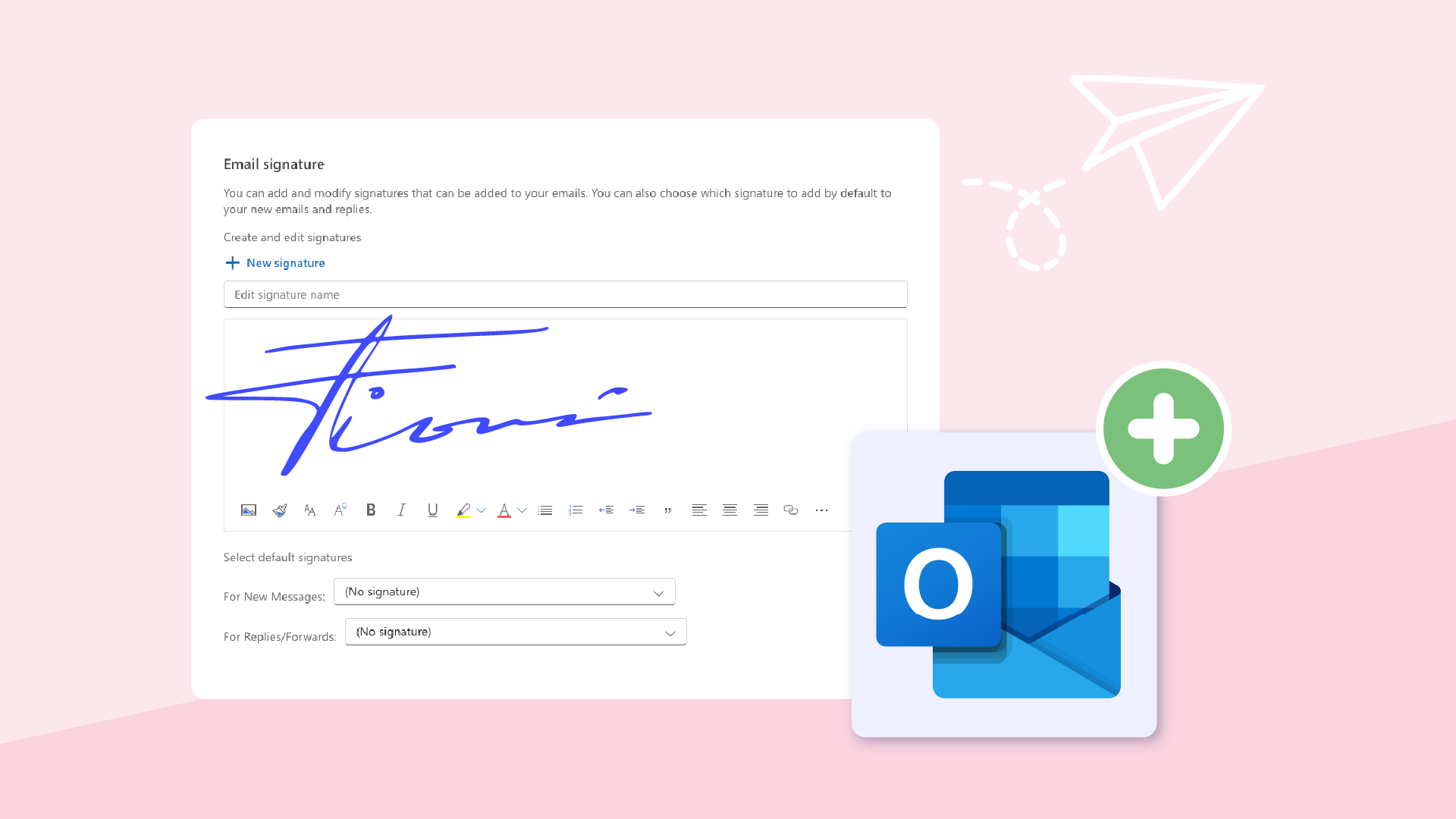

A one on one meeting, or 1:1 meeting, is a recurring meeting where two team members schedule a time to check in and share updates on a regular basis. As a manager, these meetings are awesome opportunities for you to connect with your team on an individual level, develop positive and productive relationships, and provide real-time feedback on high priority projects and goals. 1:1 meetings can also be a powerful coaching method between managers and direct reports, as you can walk through different situations your team are encountering, and share direct guidance on how to address a problem or opportunity.
The big question around 1:1 meetings is usually this: are you using them effectively? In order for 1:1 meetings to be productive and ultimately successful, it’s important for both the manager and direct report to come prepared, for the meetings to be scheduled at an optimal frequency, and for the discussions to be truly aligned to your team's priorities.
In this article, you’ll find everything you need to know about 1:1 meetings, including the different types of 1:1 meetings, how to make the best use of 1:1 time, how to prepare and schedule 1:1s -- and a smarter way to manage your 1:1 meetings automatically so you can focus on making them as productive as possible.
Types of 1:1 meetings
In general, there are only a few types of 1:1 meetings, but there are a lot of different styles, frequencies, and caveats around how they operate. Here are the three most common types of 1:1 meetings and how they’re used.
1. Direct report 1:1s
The most common type of 1:1 meeting is scheduled between a manager and their direct reports. Typically recurring on a weekly basis for anywhere from 30 to 60 minutes, these are most critical to the success of the team as it ensures alignment and direction on the team’s key priorities. Importantly, this is also the most vital 1:1 to stick to: it’s generally considered pretty bad etiquette for a manager to cancel their 1:1s with direct reports, especially at the last minute.
2. Cross-functional 1:1s
The next most common 1:1 meeting is cross-functional: essentially, a 1:1 between two colleagues in different roles working on shared objectives. Cross-functional 1:1s are usually less critical, as they are more oriented towards sharing perspectives and knowledge around a project or goal. They also tend to be scheduled less frequently -- usually on a biweekly or monthly basis -- and it’s typically okay to cancel or move them (within reason).
3. Skip-level meetings or ad-hoc 1:1s
Skip-level meetings are much less common, as these 1:1 meetings are between senior managers or leaders who want to meet with people further down in the org chart to gather “on the ground” insights on how things are going. These 1:1 meetings tend to be ad hoc and scheduled as needed to "check in" every so often, either because of an important project (e.g., a SVP of Product checks in with a frontline product manager to get a gut check on how development of a critical feature is going) or for retention reasons (e.g., a VP of Engineering meets with a key engineer who is unhappy and considering leaving the company). Because skip-level 1:1s are ad-hoc, they’re usually pretty flexible -- but given the power dynamics between the organizer and the attendee, they’re usually tilted a bit in favor of the senior leader’s schedule.
How to use 1:1 meetings
One of the biggest mistakes one can make when it comes to 1:1 meetings is using them as your only communication method. 1:1 meetings are meant to make time to walk through priorities and blockers with a colleague, manager, or senior leader, but questions and issues inevitably come up between 1:1 meetings. Instead of waiting for a 1:1 to happen, it’s imperative that there is an open communication channel between teammates so neither is blocked on a project midway through a cycle. Another benefit of keeping these conversations flowing outside of 1:1s is that the discussions and quality of work done in 1:1 meetings tends to be much better as a result.
The second mistake to watch out for is not letting 1:1 meetings turn into a status update. 1:1 meetings are intended for in-the-weeds feedback and discussions around priorities, blockers, and decisions, and it’s up to the organizer (especially if they’re a manager) to establish and maintain an open environment where the team feels comfortable sharing issues they face. It’s also important for managers to offer support and ask the right questions to ensure their direct report has what they need to be successful in their tasks.
How to prepare for 1:1 meetings?
There’s nothing worse than getting into a 1:1 meeting and realizing that neither attendee is prepared. The best way to ensure a productive 1:1 where both parties have what they need and know what to expect is to set up and share an agenda before the meeting.
In order to make the best use of 1:1 time, here’s a list of 1:1 meeting preparation tips for managers -- and direct reports -- to get the most value out of your 1:1 meetings:
Tips for managers to prepare
- Always create an agenda containing 3-5 topics for discussion.
- Review the team’s (and direct report’s) priorities for the cycle: what’s in-flight that’s critical, blockers and issues that have come up, as well as any context around how priorities might be shifting or changing.
- Bring a list of specific asks and/or tasks that might be critical for that week
- Make sure to review -- and if possible, respond -- to any questions the direct report shared since the last 1:1 meeting.
Tips for direct reports to prepare
- Always create an agenda containing 3-5 topics for discussion
- Review current priorities, critical tasks, and their status
- Prepare a list of questions before the meeting, especially if a decision is needed as an outcome
- Outline any tasks or priorities that are at risk
- List blockers and distractions, especially where help or “air cover” might be needed!
While it’s critical that the vast majority of 1:1s are highly productive and structured, it should be noted that even when neither party has anything significant to discuss (or just hasn’t had enough time to prepare), 1:1 meetings can still be an important tether for managers and direct reports.
Sometimes a member of the team just needs to vent about something that's frustrating them, or needs encouragement when they’re going through a tough period, so it's important -- especially as the manager -- to make time for 1:1s and not cancel or reschedule at the last minute, which is all too common in organizations.
How often (and long) should you have 1:1 meetings?
While most articles strongly stress to never skip your 1:1 meeting, this article is definitely going a little against the grain on the topic. As valuable as 1:1 meetings are when they’re necessary, they’re not time well spent if neither party has anything important to discuss!
This is of course a tricky topic, and has a lot to do with who initiates the cancellation or reschedule. Remember that like many things in a company, 1:1 meetings have power dynamics at play: if a manager says “I don’t have anything this week, shall we cancel?”, it may be awkward or uncomfortable for a direct report to say “Actually, I’d really like to meet.” They know their manager is busy, and they feel badly asking for the time. The opposite case -- where a direct report cancels a 1:1 or requests to reschedule -- is a bit different!
Sometimes a 1:1 is just a free-flowing discussion that’s more about a certain kind of "support" that’s important for both parties to develop trust in one another -- but these unstructured 1:1 meetings should be the exception, not the rule.
So how often should 1:1 meetings be scheduled? Many managers choose to set up their 1:1 meetings with each team member on a weekly basis, but depending on a variety of factors, more or less frequent meetings may be required.
The ideal duration for a 1:1 meeting is typically 30-60 minutes. This should depend on the role, tasks and projects the team is working on, as well as what phase those projects are in. It’s important to have enough time to provide the feedback and guidance needed for both parties to confidently leave the meeting with all the information they need, but neither person should feel pressure to use up the full time slot if the agenda gets burned through more quickly than usual. Give one another that extra time back so it can be put to the items that were just discussed!
Using “Smart Meetings” for one-on-ones
As mentioned a couple times in this article, 1:1 meetings should not be a burden, but instead something that provides a ton of value for the entire team when necessary. This is where Smart Meetings from Reclaim come in.
Smart Meetings automatically schedule your 1:1 meetings (as well as team meetings and external meetings) by finding the best time on both attendees’ calendars during mutual working or meeting hours (even across multiple time zones). These 1:1s are scheduled using smart time blocking which reserves a mutually available time, but keeps the time block flexible so if something comes up, Reclaim will automatically reschedule the 1:1. Similarly, if time is running out in the workweek, Reclaim knows when to defend the event to prevent it from getting overbooked by other meetings.
The big benefit of using Smart Meetings is that it’s adaptive. There might be an ideal time for both parties to have a 1:1, but sometimes that time isn’t available due to a conflicting meeting, vacation time, or a critical project that requires your attention. Reclaim automatically sniffs that out and finds the next best time to meet, freeing both attendees up to spend time doing your best work, make your 1:1s awesome, and not worry about moving events around or playing Calendar Tetris when schedules change.
Here’s a closer look at how to set up your Smart Meetings:
- Sign up and connect Google Calendar or Microsoft Outlook to Reclaim.
- Create a new Smart Meeting, or convert one of your existing 1:1s auto-detected by Reclaim.
- Set your available “meeting hours”.
- Select a duration and frequency to meet (weekly, biweekly, monthly, or quarterly).
- Set an ideal day and time.
- Optionally enter a description with links to an agenda, documents, notes, or anything else that might be useful week-to-week. This is a great place to keep a rolling set of agenda items for upcoming and past 1:1s.
- Auto-add a Zoom, Google Meet, or other video conferencing link.
- Send off the 1:1 meeting invite!
When your invitee opens the invite, they get to set their own working hours and time preferences around the ideal day and time to connect. If they RSVP no, the Smart Meeting auto-reschedules to another available time on both calendars. Reclaim won’t move the meeting unless it gets interrupted by another meeting that either attendee accepts (or if one attendee RSVPs No again). Once Reclaim determines that it’s running out of time to schedule the 1:1, it will mark the event as busy and defend it from being overbooked.
Smart Meetings are a perfect fit for direct report and cross-functional 1:1s that occur on a weekly basis.
What’s next for Smart Meetings?
Smart 1:1s were the first version of AI meeting automation launched in 2021. But, in April 2024, Smart Meetings were launched automating scheduling across every recurring meeting.
Reclaim is uniquely positioned to provide the best experience for smarter meeting scheduling, because it knows what matters to you via Tasks and Habits. That context is critical to making intelligent decisions around how and when to schedule meetings, when to cancel or reschedule them, as well as when to make tradeoffs on the calendar.
Productivity Trends Reports
Ready for an
AI calendar?
Auto-schedule focus time, meetings, & breaks on Google Calendar + Outlook Calendar.
Start scheduling →It's free! 🎉



























